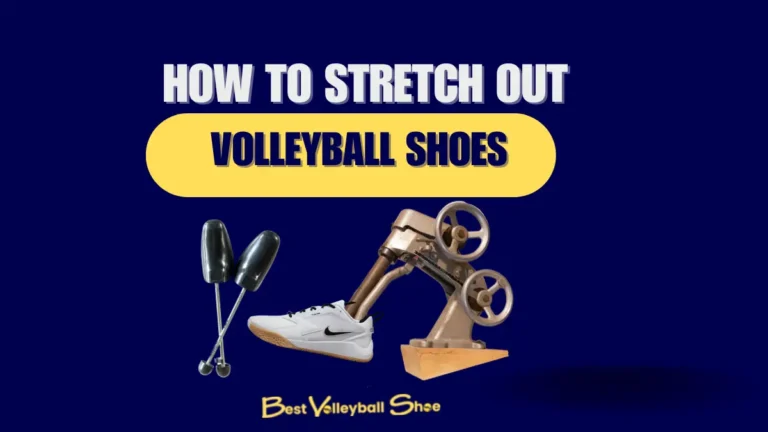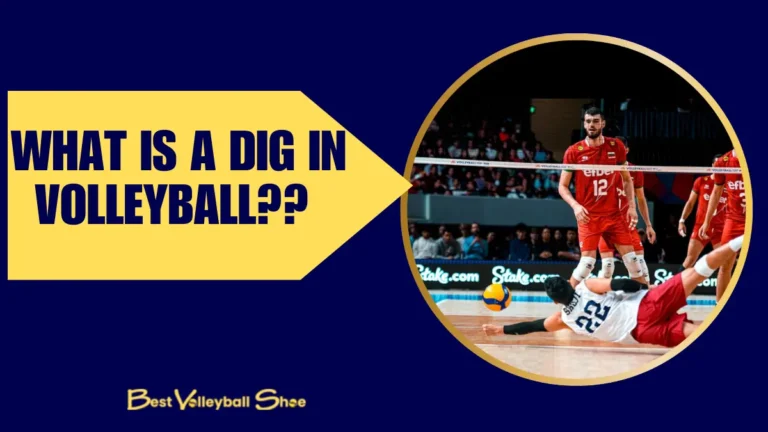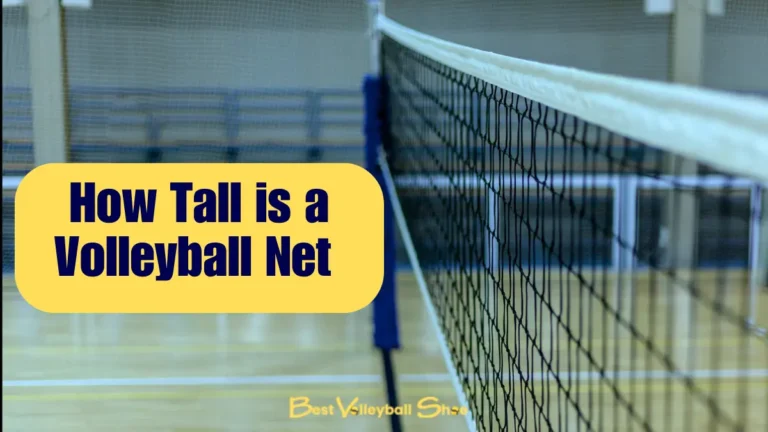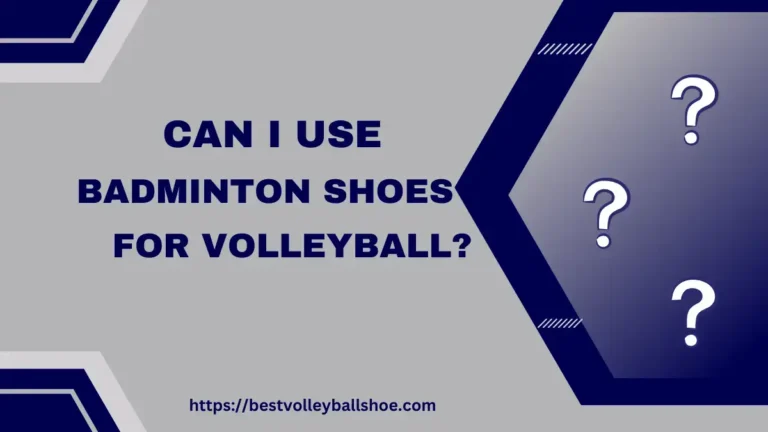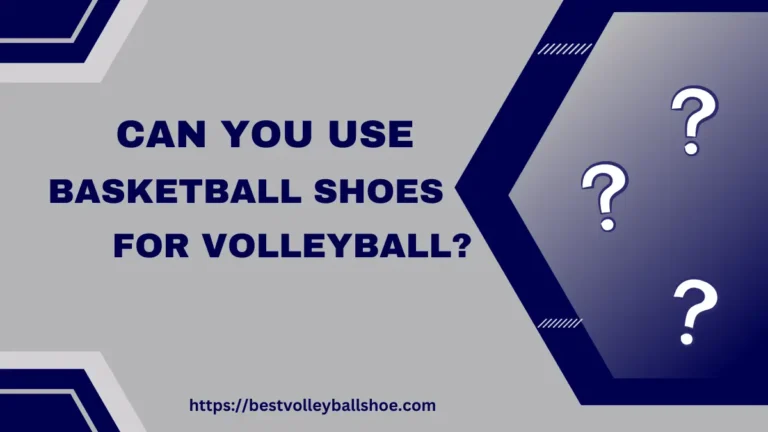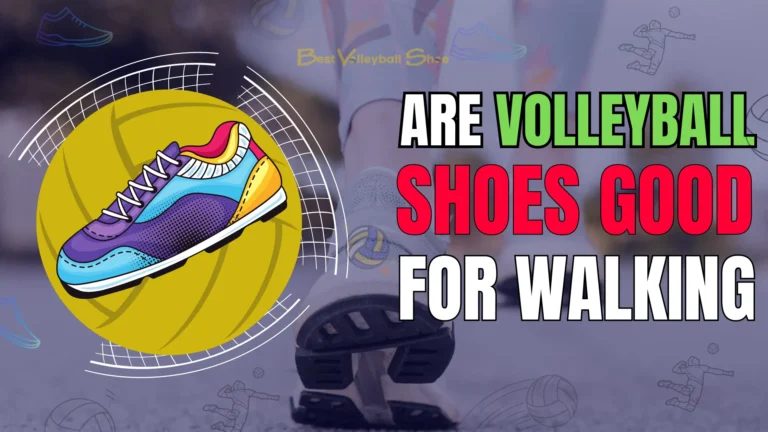How To Choose Volleyball Shoes
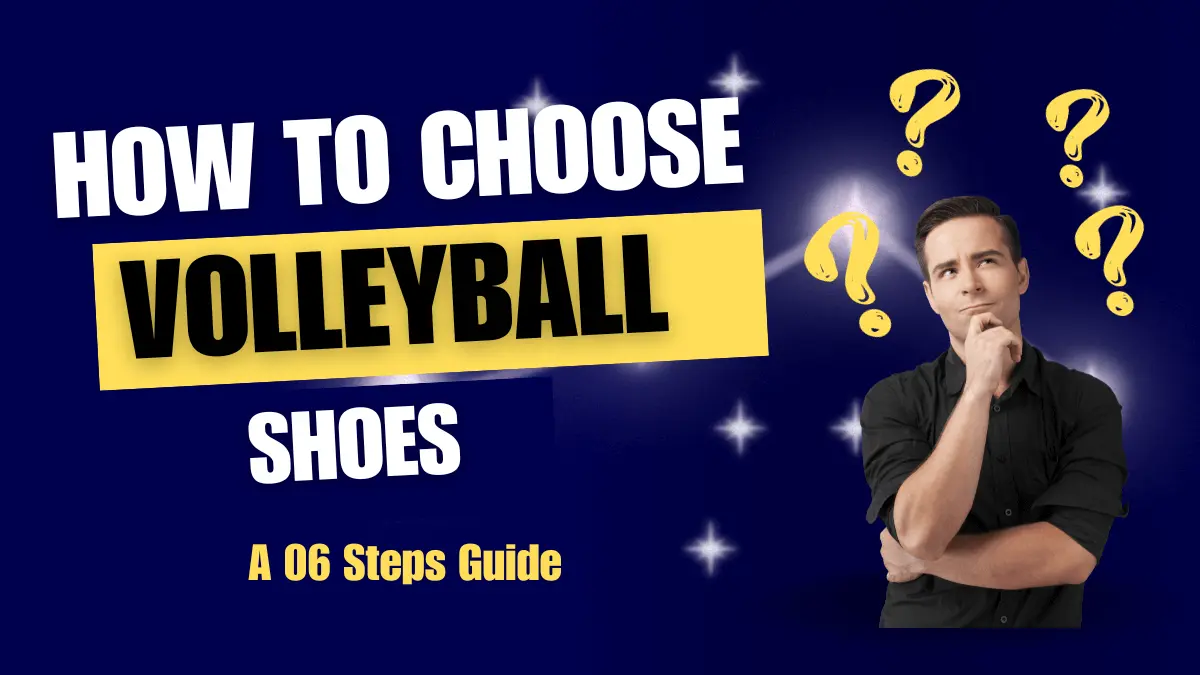
Choosing the right pair of volleyball shoes can be a nightmare, especially when you don’t know the basics of volleyball shoe selection.
Especially, if you don’t know your needs and requirements, the exact size, type, and quality of shoes you need.
In order to choose a right volleyball shoe pair, player should follow simple steps covering all the important considerations the need & requirements, his role, playing position and playing surface.
For example, an opposite hitter will have a different shoe requirement compared to the libero as he requires a shoe that offers extra cushioning, and shock absorption. Likewise, the shoe requirement for playing outdoor volleyball is different than that of the indoor.
So, Let’s walk into 06 simple considerations regarding how to choose volleyball shoes!
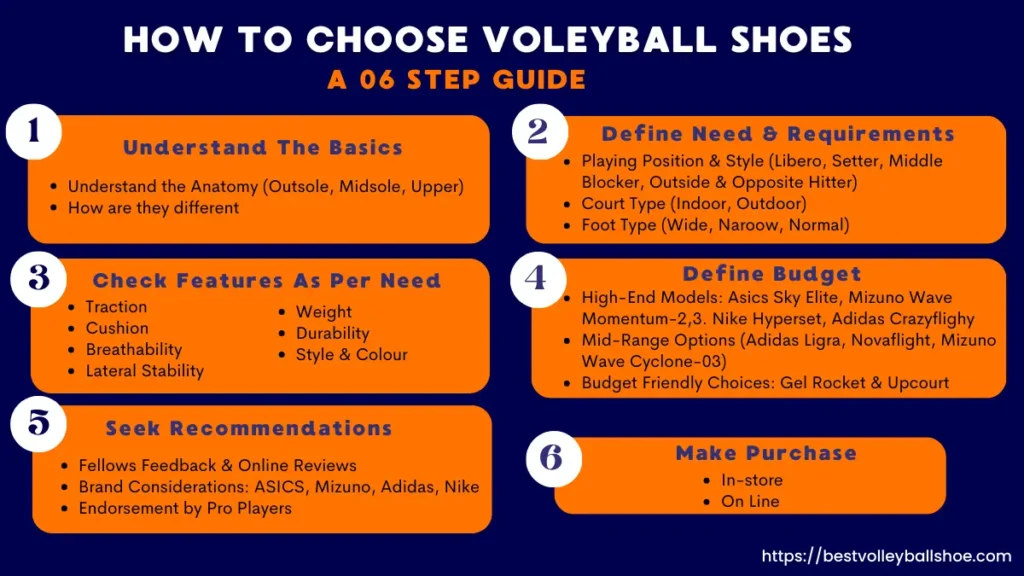
Step 1: Understand the Basics of Volleyball Shoes
Understanding the basics of volleyball shoes is important. Here are a few general facts about volleyball shoe construction, characteristics, and anatomy;-
1.1. How are Volleyball Shoes Designed- An Anatomy?
1.2. How are volleyball Shoes Different?
Step 2: Define Your Needs and Requirements
2.1. Playing Positions and Style
Playing position and style is one of the most important considerations in the selection of volleyball shoes.
| Positions | Volleyball Shoe Requirement |
| Setters | Shoes with added stability for lateral and precise footwork |
| Middle Blockers | Durable shoes with strong lateral and ankle support for quick lateral movements during blocking and preventing ankle injuries due to awkward landing. |
| Libero | Greater cushioning to absorb and neutralize the impact of jumps while landing after powerful spikes |
| Outside Hitter | Greater cushioning to absorb and neutralize the impact of jumps while landing after powerfull spikes |
| Opposite Hitter | Greater cushioning to absorb and neutralize the impact of jumps while landing after powerful spikes |
| Defensive Specialist | Same shoe requirement as a libero i.e. lightweight and responsive shoes supporting lateral movements with added traction |
2.2. Court Type
Court type or surface is an important parameter in the selection of volleyball shoes. This is linked to the durability of the shoes. Indoor and outdoor courts have different surfaces, requiring specific shoe features
2.3. Foot Type
Generally, you may be a wide-feet or a narrow-feet athlete. Or you may have a high arch or low arch feet. In all cases, you need specialized volleyball shoes.
Step 3: Check the Basic Volleyball Shoe Features
While talking about the basic shoe features, two parameters, i.e., Primary and secondary, should be considered. The primary parameters are crucial and cannot be compromised whereas the secondary parameters can be flexible.
3.1. Traction
Just as formula racing drivers rely on specialized tires designed for optimal grip on the track, volleyball players similarly depend on their shoes to move quickly on the court.
3.2. Size
Selecting the right size is the most important part of choosing the best volleyball shoe. Properly fitted shoes increase the performance of a player and can prevent injuries.
Here are a few quick tips to remember:-
3.3. Cushioning/Shock Absorption
Volleyball involves a lot of jumping, whether it’s to block a shot, spike the ball, or move around the court.
According to an article published on NCBI,
“Athletes may experience impact forces up to 3.5 times to 6 times his/her body weight (BW) during various landings in volleyball. Moreover, studies have shown that excessive impact on the lower extremities is one of the contributing factors to injury risk potential.”
Source: Wang X, Deng L, Lam WK, Yang Y, Zhang X, Fu W. Wearing Cushioning Shoes Reduce Load Rates More Effectively in Post-Fatigue than in Pre-Fatigue during Landings. Biology (Basel). 2021 Sep 26;10(10):962. doi: 10.3390/biology10100962. PMID: 34681061; PMCID: PMC8533174.
3.4. Breathability
Another important thing to keep in consideration while choosing volleyball shoes is to select ones that let your feet “breathe.” This is because your feet get sweaty while playing volleyball.
3.5. Lateral Stability
Lateral support and stability are crucial for protecting the injuries, especially ankle injuries.
Comfort
3.6 Weight
Generally, lightweight volleyball shoes are preferred by athletes, as they have to move around the court quickly for several games in a row. A bulk pair of shoes will take extra energy and may feel heavy on your feet ultimately reducing the movement efficiency.
3.7. Durability
Durability is an important consideration as it is related to the budget.
For further details on the life of volleyball shoes read my article How Long Do Volleyball Shoes Last?
3.8. Style and Color
Style or color is the secondary feature of volleyball shoes. These are linked with the wao factor and also vary from person to person. Sometimes, you have to wear a matching pair with your team jersey or the Nicker.
Despite that, I didn’t regard this as an important feature of volleyball shoes.
Step 4: Define Your Budget
Now if you have decided on the type of shoes you need, the next step here is the budget. Considering your budget you may go with the high-end models, mid-range options, or a budget-friendly choice.
4.1. High-End Models:
Top-of-the-line models from renowned brands offer the latest technologies and features. Investing in a high-end model might be worthwhile if you’re a professional volleyball player and looking for the best performance. Here is a list of a few high-end models of volleyball shoes
For further details about volleyball shoes read my article on Best Volleyball Shoes
4.2. Mid-Range Options:
Many mid-range options provide an adequate balance between performance and affordability. These shoes often incorporate key features for optimal play without the premium price tag.
4.3. Budget-Friendly Choices:
Budget-friendly options of all renowned brands offer decent performance despite being low cost. Moreover, these shoes are also suitable for recreational players or those on a short budget and looking for cheap options.
Although these shoes may lack advanced features like modern cushioning technology, they can provide a decent experience for casual play.
Step-5: Seek Recommendations and Reviews
5.1. Feedback from the Fellows
It is wiser to take the advice of your fellow volleyball players for their recommendations. They may give some valuable suggestions and insights based on their experiences in the use of specific brands and models.
There is also a possibility that their experience can be different but this will give you a general idea about the key characteristics of a specific pair of shoes.
5.2. Online Reviews
Explore online reviews and testimonials from both experts and consumers.
Platforms like customer reviews on e-commerce websites or dedicated volleyball-related blogs like ours can help you select a decent pair.
5.3. Brand Considerations
Globally, 04 volleyball shoe brands are the most popular among the professional circles.
Mizuno
Mizuno is renowned for its advanced technologies, including the Mizuno Wave and Enerzy Foam which provide excellent cushioning and stability.
Consider Mizuno if you prioritize cutting-edge and lightweight shoes and a brand with a strong presence in the volleyball community.
Asics
Asics, a trusted name in athletic footwear, is known for its Gel technology, and flyte foam technology which offers superior shock absorption.
Asics volleyball shoes are known for their reliability, diversity, and comfort.
Nike
Nike’s emphasis on responsiveness and traction makes its volleyball shoes popular among players seeking a blend of performance and style.
Nike Zoom Air units contribute to a responsive feel, ideal for quick movements.
Adidas
Adidas combines performance with a stylish design in its volleyball shoes. Boost and bounce technology in the midsole that enhances energy return, contributing to a player’s explosiveness.
Adidas is often chosen by those looking for a fashionable yet high-performing option.
5.4. Insights and Endorsement From Professional Players
Many volleyball players share their thoughts and insights about the performance and selection of volleyball shoes on social media, television, and even with the collaboration of any brand.
For instance, Yugi Nishida has endorsed the ASICS Sky Elite. Moreover, I have seen USA volleyball players Erik Shoji and David Smith about talking Mizuno Volleyball shoes on Instagram.
Considering the above volleyball enthusiasts often follow the advice and endorsement of their ideal player regarding footwear selection.
For details read: what shoes do the best volleyball players wear?
Step-6: Buy Online or Try In-store
You may either buy the shoes from a store by visiting physically or online through Amazon.com.
Conclusion
While thinking of How to choose volleyball shoes, start with the basics like understanding the design and makeup, and defining your needs and requirements like playing position, court, and foot type.
Checking the basic features is the next crucial thing in choosing volleyball shoes. In this regard, various features traction, cushioning, breathability, and stability are essential, to ensure optimal performance and prevent injuries. Your budget plays a role in whether you go for high-end models, mid-range options, or budget-friendly choices.
Interestingly, seeking recommendations and reviews from fellow players, following the endorsements of the best volleyball players, and recognizing popular brands like Mizuno, Asics, Nike, and Adidas can also help you in making decisions.
Finally, whether you buy online or in-store, it’s about finding the right balance between convenience and fitting. In a nutshell, choosing a decent pair of volleyball shoes involves understanding your unique needs, recognizing key features, and aligning your choice with your budget and playing style
Frequently Asked Questions
What features should I look for in volleyball shoes if I have flat feet?
Look for shoes with enhanced arch support and stability features to help distribute weight more evenly and reduce strain on your feet.
Are there volleyball shoes for different positions like setter or libero?
Yes, different shoes can cater to the needs of specific positions. For example, liberos might prefer shoes with enhanced flexibility and traction for quick movements, while blockers might look for more ankle support.
